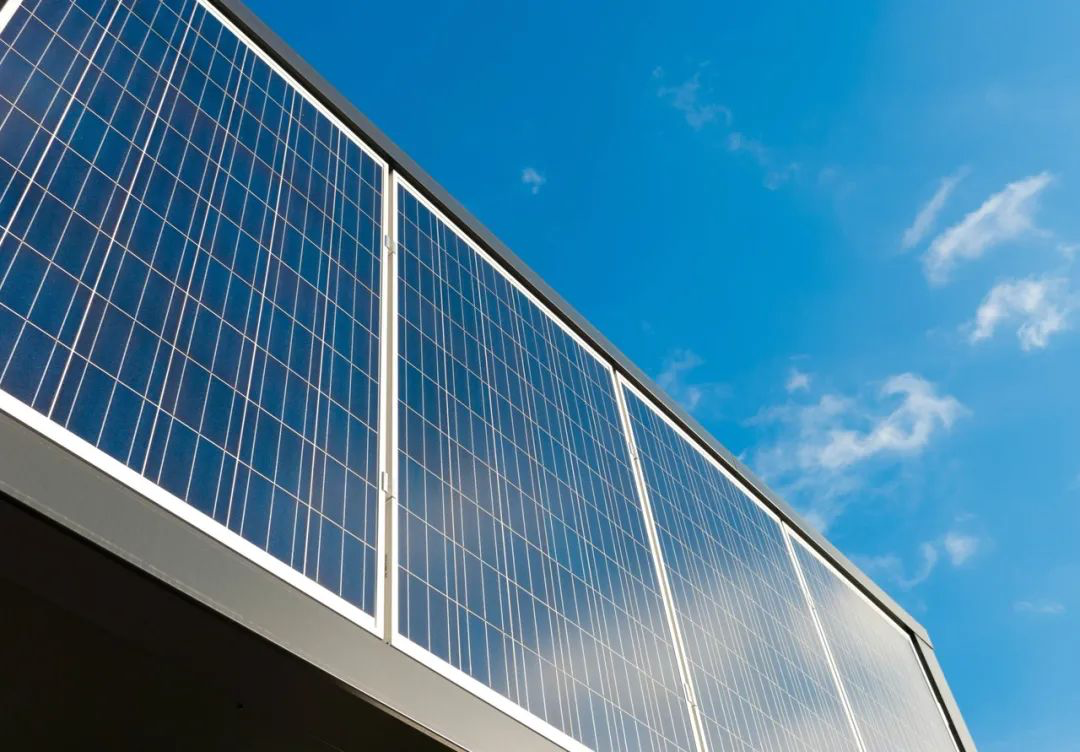

Exploring Low-E Toughened Glass Benefits and Applications
In recent years, the architectural and construction industries have continually sought innovative materials that enhance energy efficiency and durability. One such material that has gained significant attention is Low-E (Low Emissivity) toughened glass. This advanced glazing solution not only offers superior thermal performance but also meets the increasing demand for sustainability in building design.
Low-E glass is designed with a microscopically thin coating that reflects heat back into a building during cold months while allowing sunlight to enter. This property is particularly valuable in both residential and commercial constructions, as it aids in maintaining a consistent indoor temperature, reducing reliance on heating and cooling systems. The “toughened” aspect of this glass refers to a tempering process that enhances its strength and durability, making it significantly more resistant to impacts, thermal stress, and weather extremes compared to standard glass.
Exploring Low-E Toughened Glass Benefits and Applications
Another significant advantage of Low-E toughened glass is its protection against ultraviolet (UV) rays. The Low-E coating filters out a considerable percentage of harmful UV radiation, which can lead to skin damage and the fading of furniture, carpets, and artwork. This feature not only enhances the longevity of interiors but also contributes to a healthier indoor environment.

From an architectural perspective, Low-E toughened glass offers design versatility. It is available in various thicknesses and finishes, allowing for customization according to specific aesthetic and functional needs. Architects can utilize this glass to create expansive glazing solutions that bring in natural light while maintaining energy efficiency. Whether in sleek modern office buildings or traditional homes, Low-E toughened glass provides a harmonious balance of form and function.
Furthermore, the toughened nature of this glass enhances its safety and security. In commercial settings where large glass panels are common, the increased strength of toughened glass minimizes the risk of breakage due to impacts or environmental factors. This durability is crucial for public buildings, retail spaces, and high-rise structures, ensuring the safety of occupants while also meeting building code requirements.
Low-E toughened glass is also increasingly used in solar energy applications. Its reflective capabilities can enhance the efficiency of solar panels by reducing the amount of heat absorbed, leading to more effective energy harvesting. As the world moves towards renewable energy solutions, incorporating Low-E toughened glass into solar projects can maximize their overall efficacy.
In summary, Low-E toughened glass represents a significant advancement in building materials, offering a multitude of benefits ranging from enhanced energy efficiency to increased safety and design flexibility. As sustainability continues to be a key focus in construction and architecture, the adoption of Low-E toughened glass is likely to rise, paving the way for more energy-efficient and environmentally friendly buildings. Whether it’s for residential use or large-scale commercial projects, this innovative glazing solution is setting new standards in both performance and aesthetics, contributing to a more sustainable future.